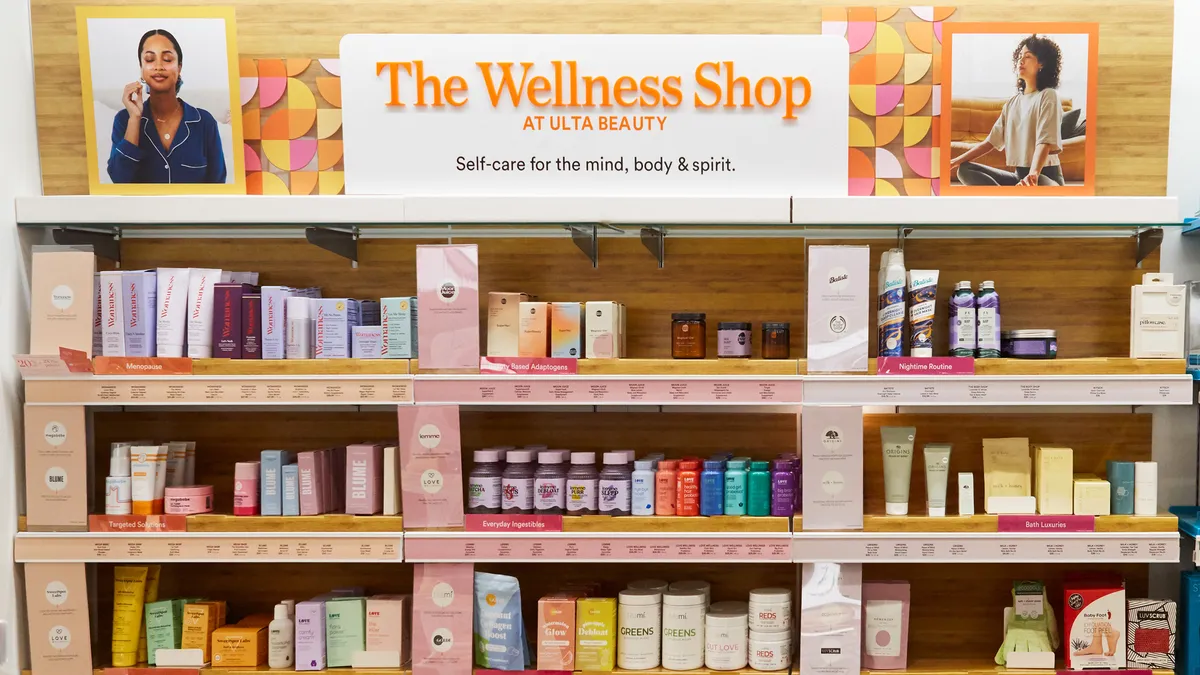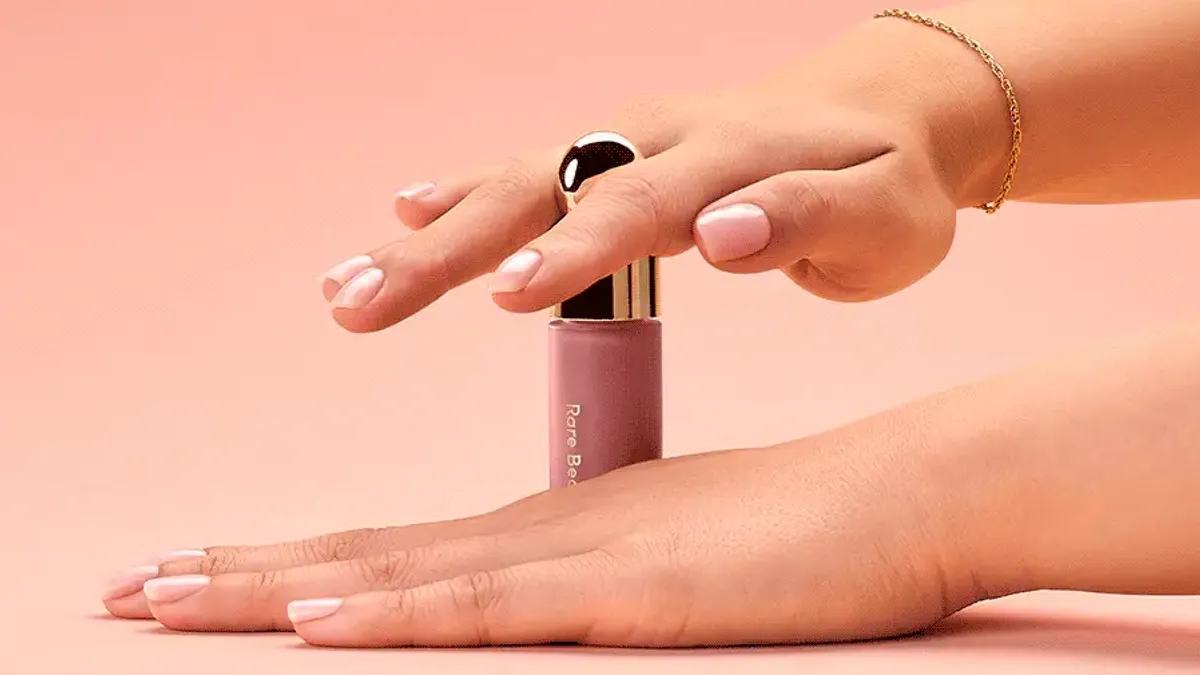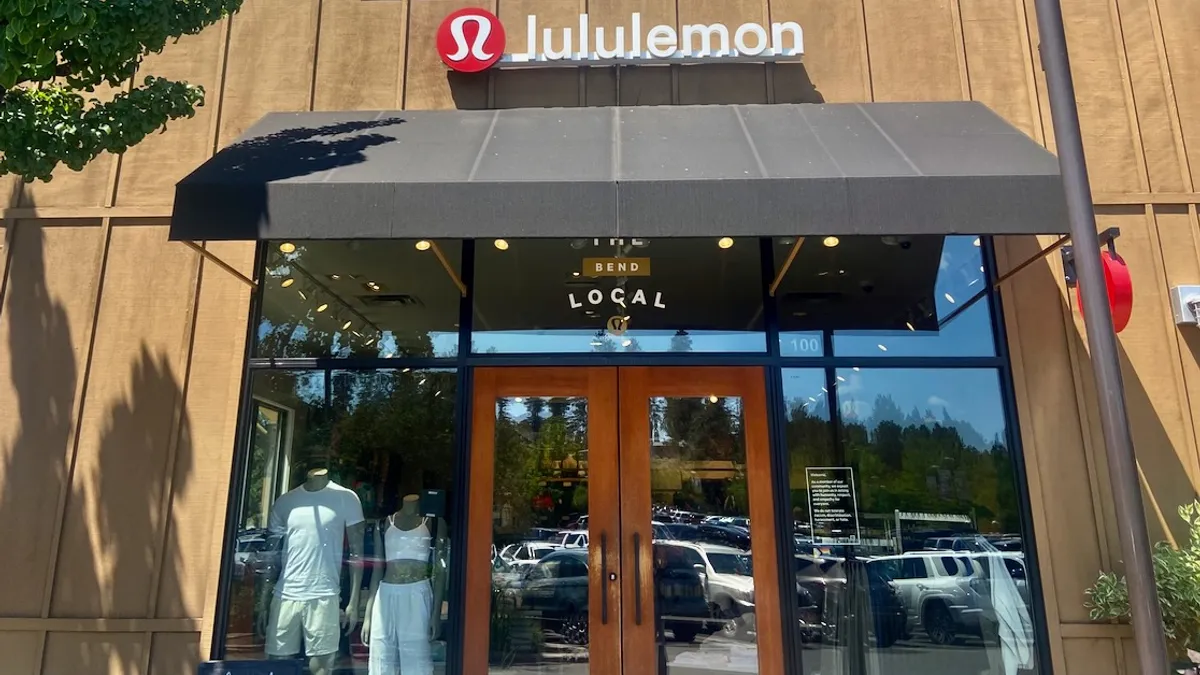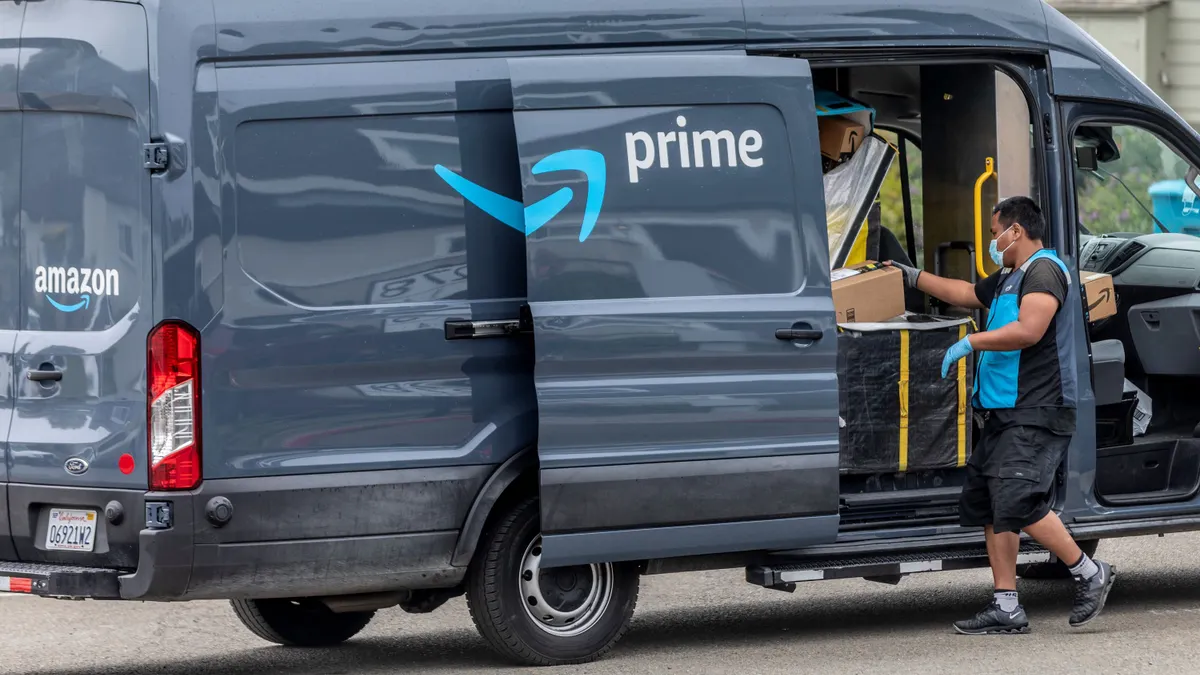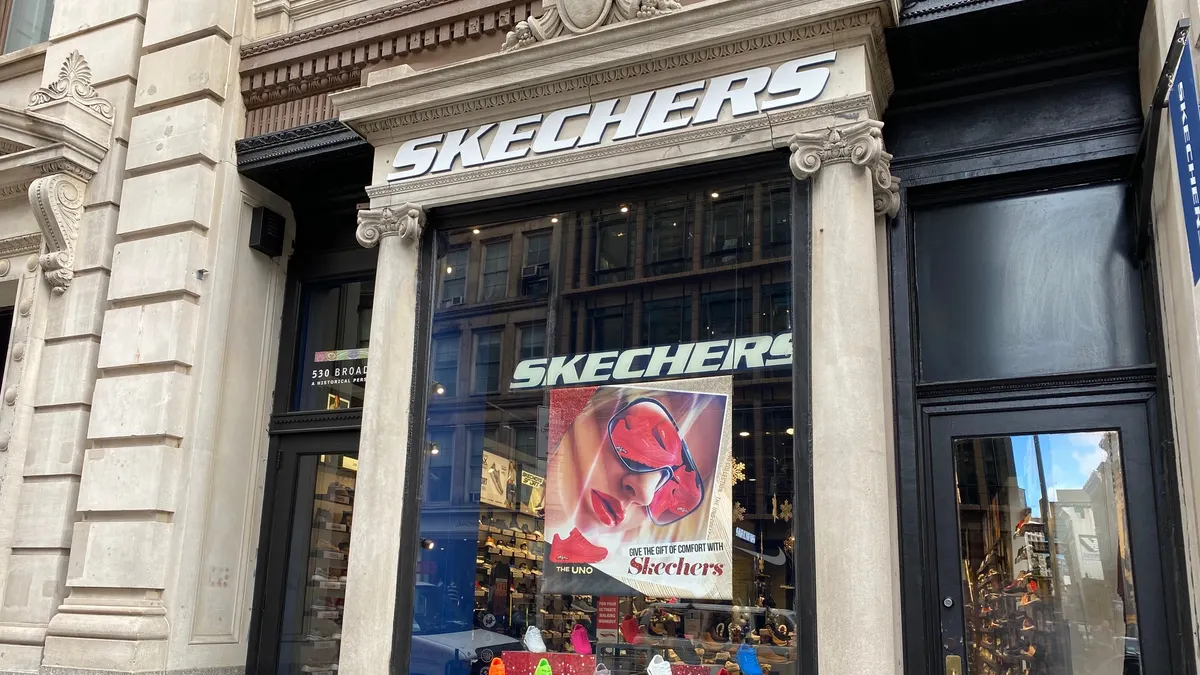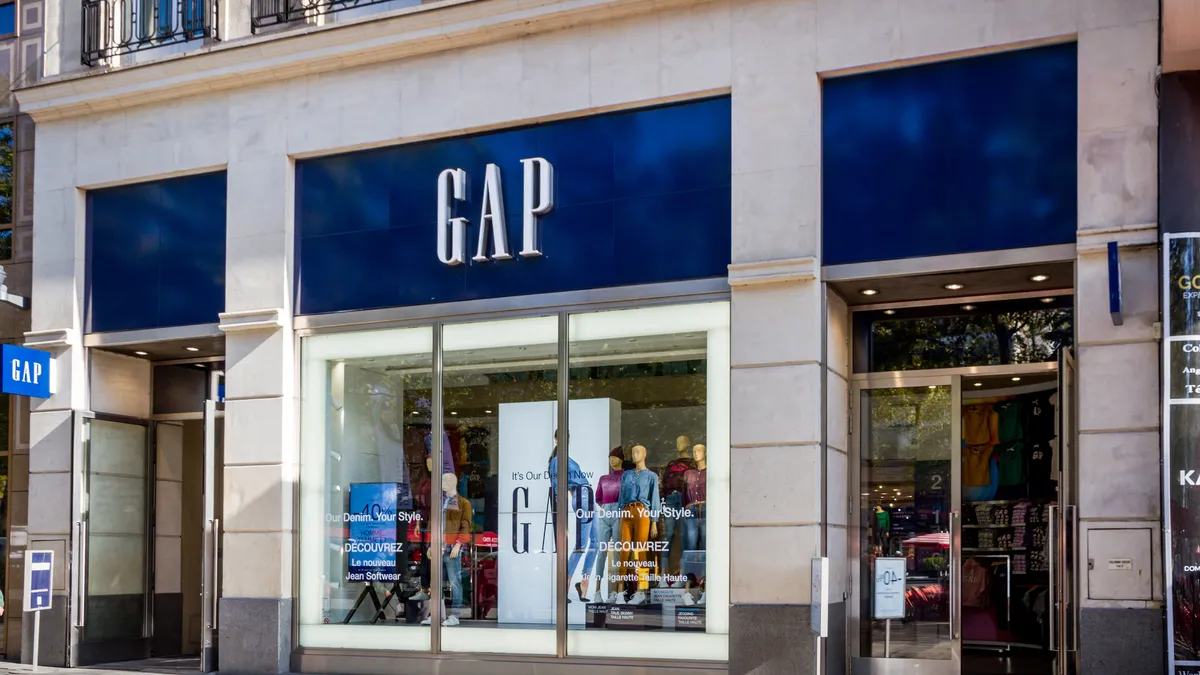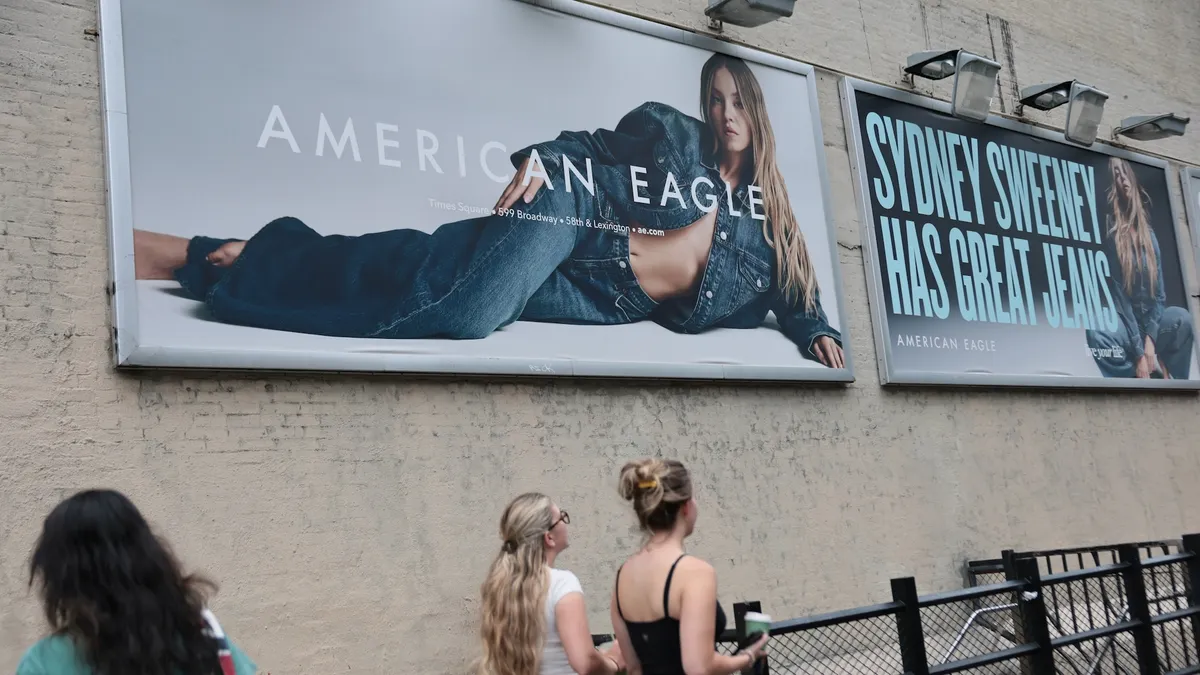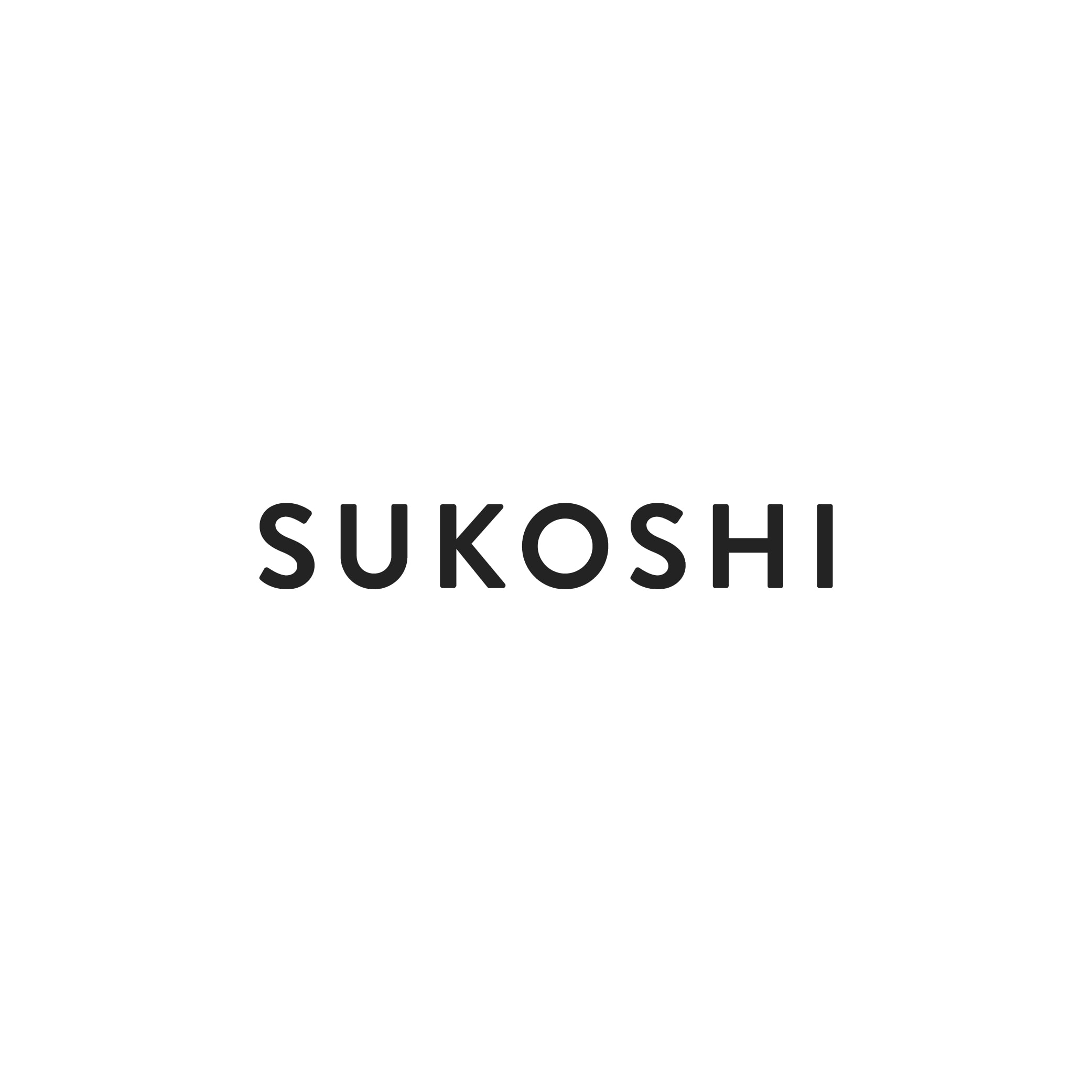If potential consumer spending dollars are going unused, retailers would like to know about it. But for retailers selling products eligible for medical flexible spending and health savings accounts in the United States, getting consumers to spend this allocated money is harder than it seems.
Flexible spending accounts and health savings accounts allow people to set aside pretax money, sometimes straight out of their paycheck, to pay for certain medical expenses, per the Consumer Financial Protection Bureau.
Both accounts can be offered by employers in the United States to help offset healthcare costs for employees, according to HealthCare.gov. While FSAs and HSAs can be employer and/or employee-funded, an HSA is an employee-controlled savings account, is coupled with enrollment in a high-deductible healthcare plan, offers higher contribution limits than an FSA, and allows funds to carry over to the next year indefinitely.
An FSA, on the other hand, is usually controlled by an employer (though they aren’t required to contribute in addition to an employee), has lower contribution limits and has restrictions on annual carry-over limits (a largely use-it-or-lose-it approach).
“In November 2024, our research indicated that 77% of FSA funds had already been depleted,” Numerator analyst Shawn Paustian said in emailed comments. “Given this rate of expenditure, we could anticipate that roughly a tenth of FSA funds, amounting to several billion dollars, will go unused by the end of the year.”
According to a May 2024 report from the Employee Benefit Research Institute, roughly half of FSA account holders forfeited funds to their employer in 2022, with the average forfeiture being $441.
As money goes unused, retailers are starting to pay more attention to this consumer group – and how to raise shoppers’ awareness.
Raising awareness around eligible products
Some consumers might be surprised to learn that they can use these pretax dollars on more than doctor appointment copays, prescription drugs and sudden medical service costs.
There’s a variety of eligible home healthcare products. Online retailer FSA Store — which declined an interview for this story — has an entire webpage dedicated to “Surprisingly Eligible” products. On there, consumers can buy everything from a $455 light therapy mask from skin care brand Dr. Dennis Gross targeting acne to a $1,599 full-body recovery compression bundle from HyperIce. It also maintains a large eligibility list for customers to read through.
What these products have in common is that they meet the IRS’ determination of what is a covered medical expense. This makes a wide variety of products eligible, such as menstrual care products, sunscreen, hand sanitizers, allergy medicines, breast pumps and more.
Consumer awareness around what is and isn’t eligible is a major obstacle for companies looking to capitalize on those spending funds, though, Paustian said.
Research from Numerator showed that “when presented with a list of eligible products, consumers were only able to correctly identify less than half,” Paustian noted. “In fact, 25% of consumers report difficulty determining whether products they see on store shelves are FSA/HSA eligible. … The list of eligible products continues to expand, which naturally increases potential usage.”
With more items becoming eligible, companies are vying to showcase them to consumers. Plenty of brands now have web pages or blogs dedicated to showcasing FSA and HSA-eligible products. Examples include premium sunscreen brand Supergoop, menstrual product brand Thinx and skin care company Shiseido, to name just a few.
The move comes as beauty retailers have increasingly mingled with the health and wellness categories over the past few years. Ulta previously expanded its wellness-related inventory in 2023 when it announced its in-store wellness spaces — called “The Wellness Shop” — would launch into more than 1,330 locations nationally. In January, Target too announced plans to add over 2,000 wellness related items to its offerings, including digestive health and wellness tech products.
“One of the most exciting aspects of FSA/HSA spending in beauty is its potential to redefine how consumers think about their beauty routines as long-term wellness,” Laura Unger, vice president of digital client experience at Sephora, told Retail Dive in emailed responses.
The prestige beauty retailer launched its FSA and HSA initiative in October 2023, according to Unger, and has a web page dedicated to highlighting eligible products. Eligible items regulated by the IRS, such as sunscreen with SPF 15 and above, and certain acne treatments, are already part of many beauty enthusiasts’ routines and Sephora aims to make these items even more accessible to them, she added.
Ulta Beauty also has an FSA and HSA buying guide web page that launched in November 2024, Ulta Beauty Vice President of Merchandising Lisa Tamburello told Retail Dive via email.
That shopping guide is one of the highest-performing guides across Ulta’s app and website, but Tamburello said the retailer’s FSA and HSA awareness campaigns haven't been reserved to just online marketing.
“We launched cash register takeovers starting in 2023 and are introducing out-of-home placements featuring top eligible items, including SPFs, acne treatments, and hand sanitizers,” Tamburello said. “These actions help raise awareness and educate our customers on the many ways they can use their FSA/HSA funds.”
The market for acne treatment products in the U.S. is projected to grow from about $5 billion in 2023 to around $7 billion by 2030, according to data from Fortune Business Insights. Meanwhile, the market for sun protection products in the U.S. generated about $2 billion in 2025, per Statista data.
More whitespace ahead?
So what type of consumer has access to these forms of pretax accounts and how much money is really at stake through them?
“FSA/HSA holders typically reflect the white-collar working class,” Paustian said. “They are often Gen Z to Gen X families with college educations and high-paying jobs. This demographic represents a crucial consumer group for many brands and retailers.”
The contributions for both accounts are tax-free, but a core difference is that medical FSA funds are immediately available for use, while HSA funds are available as contributions are made. Contributions for accounts, carry-over limits for FSAs, and eligibility of products or services are regulated by the IRS. Some FSAs also offer a grace period of a few months each year to spend unused funds from the previous year.
For the 2025 plan year, individuals can contribute $3,300 for FSAs (with the maximum carry-over amount to 2025 being $660) and an individual maximum contribution of $4,300 for HSAs. Account holders sometimes get access to a debit card directly tied to their HSA or FSA accounts, while some might need to first spend the money on their own and submit receipts for reimbursement.
Numerator’s research found that 55% of HSA/FSA users prefer to use their debit card over getting reimbursed later for submitted expenses.
Over the years, the IRS has increased contribution limits and even temporarily halted its FSA carry-over limit during the onset of the COVID-19 pandemic.
In his first term, President Donald Trump advocated for policies increasing contribution limits. However, these policies were never passed by the Senate, per Paustian. The contribution hikes were part of a larger effort to repeal and replace the Affordable Care Act.
“Given the current Republican majority, these discussions could be revisited in 2025 and may have a greater chance of success and expansion,” Paustian added.
That could open the possibility for FSAs and HSAs to drive even more sales to retailers. First, however, the industry must educate its customer base on what they can use their funds for under existing contribution limits.


